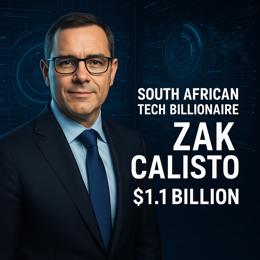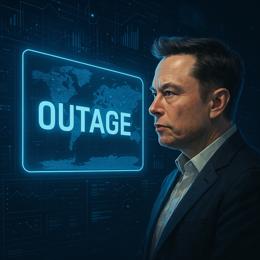Image: AI generated for illustration purposes
Fighting the Menace of Deepfake Content: SABC's Commitment to Credibility and Accuracy
The South African Broadcasting Corporation (SABC) has recently been propelled into the public eye, not for their trusted news content, but due to becoming the target of sophisticated deepfake videos. This unnerving trend of counterfeit content blurs the lines between fact and fraudulent fiction, misleading viewers and undermining the integrity of genuine reporting.
Deepfakes utilize advanced artificial intelligence technology to create convincingly altered videos and audio recordings, manipulating the appearance and voices of individuals to portray events or statements that never actually occurred. In an alarming development, the SABC has confronted recurring instances where their own reputable journalists and presenters have been portrayed in fabricated videos to endorse an investment product falsely.
This latest wave of AI abuse compels the public broadcaster, known for its commitment to accurate and credible news dissemination, to broadcast a stark warning to its audience. SABC Group Executive for News and Current Affairs, Moshoeshoe Monare, took to the airwaves during an on-air interview to alert viewers to this alarming scenario. The sham videos, which even staged a counterfeit interview with South African tech magnate Elon Musk, aimed to entrap the public into investing in a non-existent product.
Monare was quick to underscore that the SABC's strict editorial policy flatly prohibits its employees from engaging in product endorsements on any of its platforms. The protection of the SABC’s credibility and the maintenance of public trust stand as paramount concerns in the face of this deceitful practice.
The manipulation extends deeper than just the corporation; it affronts the very essence of trust between SABC, its news anchors, and the public. Leadership within SABC is deeply unsettled by the potential erosion of confidence in an era where artificial intelligence should herald positive advancements, not underhanded trickery.
The challenge extends beyond mere identification of the culprits, as the virtual footprints left behind by deepfake creators are often difficult to trace. Digital deception transgresses traditional approaches to blocking disinformation. It necessitates a proactive campaign from the SABC to educate the public on recognizing and dismissing these sophisticated falsehoods.
Amplifying the SABC's voice, cybersecurity expert and director of Cybareti, Laurie Pieters-James, identified three prevalent deepfake fraudulent trends: pornographic exploitation, business vulnerabilities, and financial fraud, the last of which mirrors the current plight faced by the SABC. The unnerving capability of deepfakes presents a formidable threat to the media landscape.
Media institutions must now become bastions of digital discernment, fostering awareness and training to evade deepfake stratagems. Employees, imbued with knowledge about recognizing cyber manipulation, stand as the frontline in safeguarding media integrity. Pieters-James stresses the significance of adopting a zero-trust policy, especially with online content, urging robust skepticism and advocating the use of web tools to unmask deceit.
The SABC’s plight underlines the critical need for all media consumers to approach the digital age with a renewed diligence, well-armed with skepticism and educational tools to combat the deepfake phenomenon.










